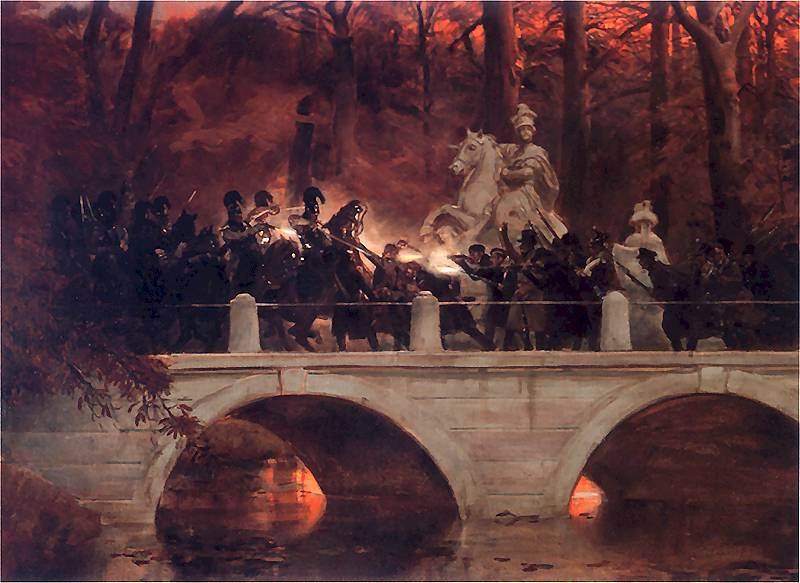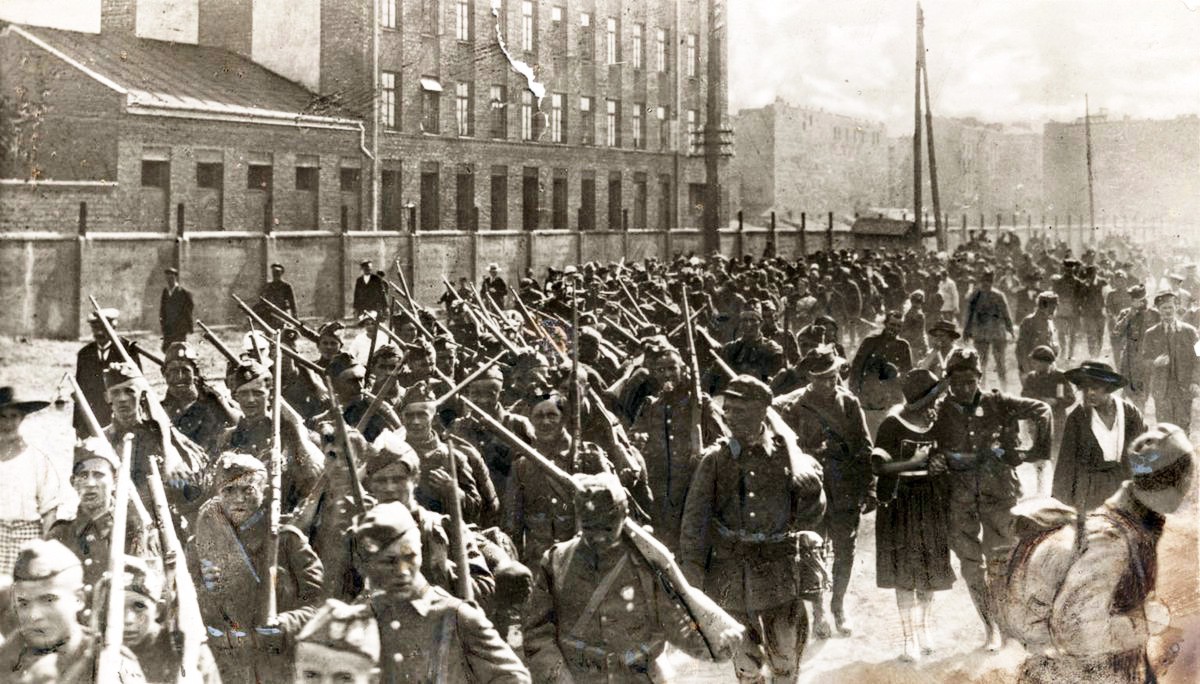During the partitions of Poland, St. Petersburg recognized that it was impossible to erase Polish culture or to turn Poles into Russians. However, a few Russian officials (or tsars) thought that Poles/Catholics could never be fully loyal. That was the paradox of russification – says Professor Theodore Weeks.
Nowadays, Poles and Russians are both Slavic nations living in separate, independent states. In the 19th century, however, a huge part of the Polish nation was under the rule of the Romanovs. How did it happen?
As we know, Poland was divided up between Russia, Prussia, and the Habsburg Empire. This process has been the subject of controversy in the historiography and is far from my area of specialization. I would just say that most historians agree that the decentralization of the Polish-Lithuanian Commonwealth (Rzeczpospolita) and the rapaciousness of its neighbours combined to bring about this event.
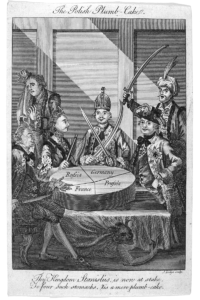
One of your books – Nation and State in Late Imperial Russia: Nationalism and Russification on the Western Frontier, 1863—1914 – elaborates on the phenomenon of russification. How would you define it?
In East-Central Europe, including Poland, Lithuania, and Ukraine, the term “russification” tends to be understood as a program of total cultural annihilation of these nations (to put matters a bit boldly). My research convinced me that this was never the case. Indeed, the Russian Empire before 1914 was not capable of “russifying” actual Russians (in the sense of educating them) and the idea of converting Poles into Russians was far from St. Petersburg’s mind. Indeed, official Russia was highly suspicious of “converts” – whether Jewish or Polish or otherwise – as it was a highly conservative and basically pre-modern and pre-national state. However, in the 19th century Poles had rebelled against Russian rule twice and that could not be permitted (from a Russian point of view, obviously!). Thus centralizing and anti-Polish (and anti-Catholic) policies were adopted. As for the Ukrainians, they were a somewhat different story since official Russia (and a large percentage of Russian educated people) did not even consider Ukrainians a separate nation (alas, this attitude continues to be widespread even in the 21st century).
The narrative of your book starts in 1863. Why does this date mark a milestone in the history of Russian domination in the Kingdom of Poland?
After 1863, when the last of the great Polish national uprisings was completed and lost, the Russian Empire firmly identified Poles, Polish culture, and Catholic religion as “enemies of the state” and enacted very severe measures to centralize and “russify” even those provinces where Poles made up a high percentage of the population. It should be remembered, however, that this was the Russian Empire and by the late 1870s at the latest, many of these restrictions were loosened, sometimes by new policies, but more often by the general inefficiency and corruption of the Russian Empire.
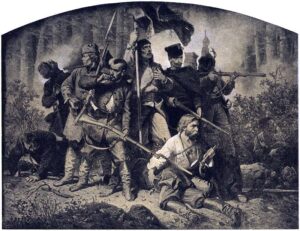
What were the means of the russification?
There were a number of specific policies, such as turning the Szkoła Główna in Warsaw into a Russian University, very strict censorship of Polish periodicals in the Kingdom of Poland (“Vistula Country” – but even officials used the old term for many decades after the 1860s), and a quite generous peasant settlement, aimed to weaken Polish landowners.
There were numerous tactics of russification – different towards the noblemen and the peasants, for instance. What can be said about those various modes of operation?
Fundamentally, the policy after 1863 identified the “enemy” as the “Polski Pan” (“Polish nobleman, Polish landlord”) – not the peasant. We should keep in mind that there was no actual legal definition of ethnicity in the Russian Empire (as opposed to the USSR), so policies had to be formulated against Catholics (every subject of the tsar did have a religious affiliation). But policy was mainly aimed at the szlachta (nobility) a term understood rather broadly as more educated and/or landowning classes – as well as (of course) against the Catholic clergy.
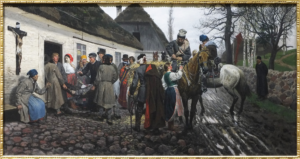
And what were the aims? To erase Polish culture and simply turn Poles into Russians, or rather simply to make the Polish people loyal subjects of the tsars?
As stated above, St. Petersburg recognized that it was impossible to erase Polish culture or to turn Poles into Russians. However, a few Russian officials (or tsars) thought that Poles/Catholics (the terms are almost entirely synonymous in the mind of official Russia) could never be fully loyal. That was the paradox of russification.
The first tsar to engage in a full-steam russification was Alexander II (1855—1881). What did russification look like under his rule?
We should keep in mind that Alexander II was busy not just with Poles, but with the Great Reforms, expansion on the southern (Caucasian) and Central Asian borders, etc. The most severe “russification” measures were enacted during his reign simply because the insurrection had just happened and few states reacted calmly to the threat of huge chunks of territory being separated from the centre. From the point of view of Poles (and Lithuanians), of course, these policies appeared aggressive and brutal. From the point of view of St. Petersburg, the policies were simple defence of territory that would – as was becoming more and more clear after 1871 – likely be the battleground of the next major war.
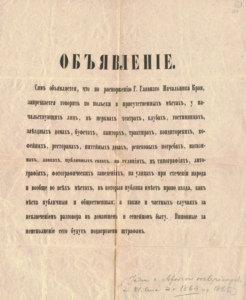
How did the situation change with the enthronement of Alexander III (1881—1894)?
Alexander III came to the throne after the assassination of his father. More than anyone else (though in some ways like his son, Nicholas II), he embodied and embraced ideas of Russian nationalism, including an intense personal dislike of Poles and Jews. But in the history of russification, Alexander III is better known for measures in the Baltic, not Polish, provinces.
The last tsar – Nicholas II (1894—1917) – loosened the government’s grip on many spheres of public life. Did this also affect russification?
Indeed, after the 1905 Revolution considerably greater freedom of expression, religion, and political participation (the Duma) were granted – but these were forced on Nicholas II, who to the end of his reign considered himself an autocrat. After 1905 Poles could publish in their own language far more freely (though still with censorship) – as could Jews in Yiddish. This latter fact was often resented by Poles, rather illogically, and was one factor in the worsening relations between those two ethnic groups in the years before World War I.
Can we say that the russification attempts succeeded? Did the Russian government achieve what it desired?
Clearly not, since the Russian Empire collapsed! But less flippantly, already by 1904 (so, before the revolution), many Russian officials admitted that russification had been a total failure: it had encouraged democratic/anti-imperial/Russian movements in the Baltic and Polish provinces and had not created a reliable, loyal class of Poles or Lithuanians. It must be said, however, that the Russian Empire’s support among ethnic Russians was also not particularly strong, as the events of 1916-1917 would show.
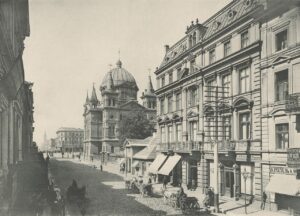
Are those difficult events of the 19th century influential even today? How do they shape the relations between Poland and Russia nowadays?
This is a hard question to answer. I believe that the far more terrible events of the 20th century, including the Molotov-Ribbentrop Pact, Holocaust, and “Sovietization” of Poland (PRL) play a far stronger role. I do think, however, that the historical memory of russification tends to be filtered through these incomparably more brutal policies, leading to a serious distortion of our understanding of the half-century before World War I. Certainly, few Russian officials or tsars had fond feelings about Poles (or Jews) – but they also had no plans to extirpate those nations. In the 20th century, that’s not so clear.
Can we say, given all the information above, that some cultural influences of Russians still remain in Poland today, but without such a gloomy odium?
I must say that I don’t perceive much direct cultural influence of Russian rule, but I have seen evidence that voting patterns in the 21st century often coincide rather strikingly with the lines of the partitions. In my experience, it is rare for a young Pole to know Russian culture or history very well. Unfortunately, the aggressive policy of the Kremlin in the 21st century entirely justifies a negative attitude: but that attitude should not be extended to Pushkin or Dostoevsky. In the past few decades, interest among Poles of the Jewish side of “their” history has gone up considerably and I find that an enormously positive phenomenon. Perhaps we may hope that a greater appreciation of “the Russian side of the story” (which does not mean accepting the Russian “logic” – just understanding it) in the chain of Polish history during the period of the partitions may follow.
Interviewer: Łukasz Kożuchowski

